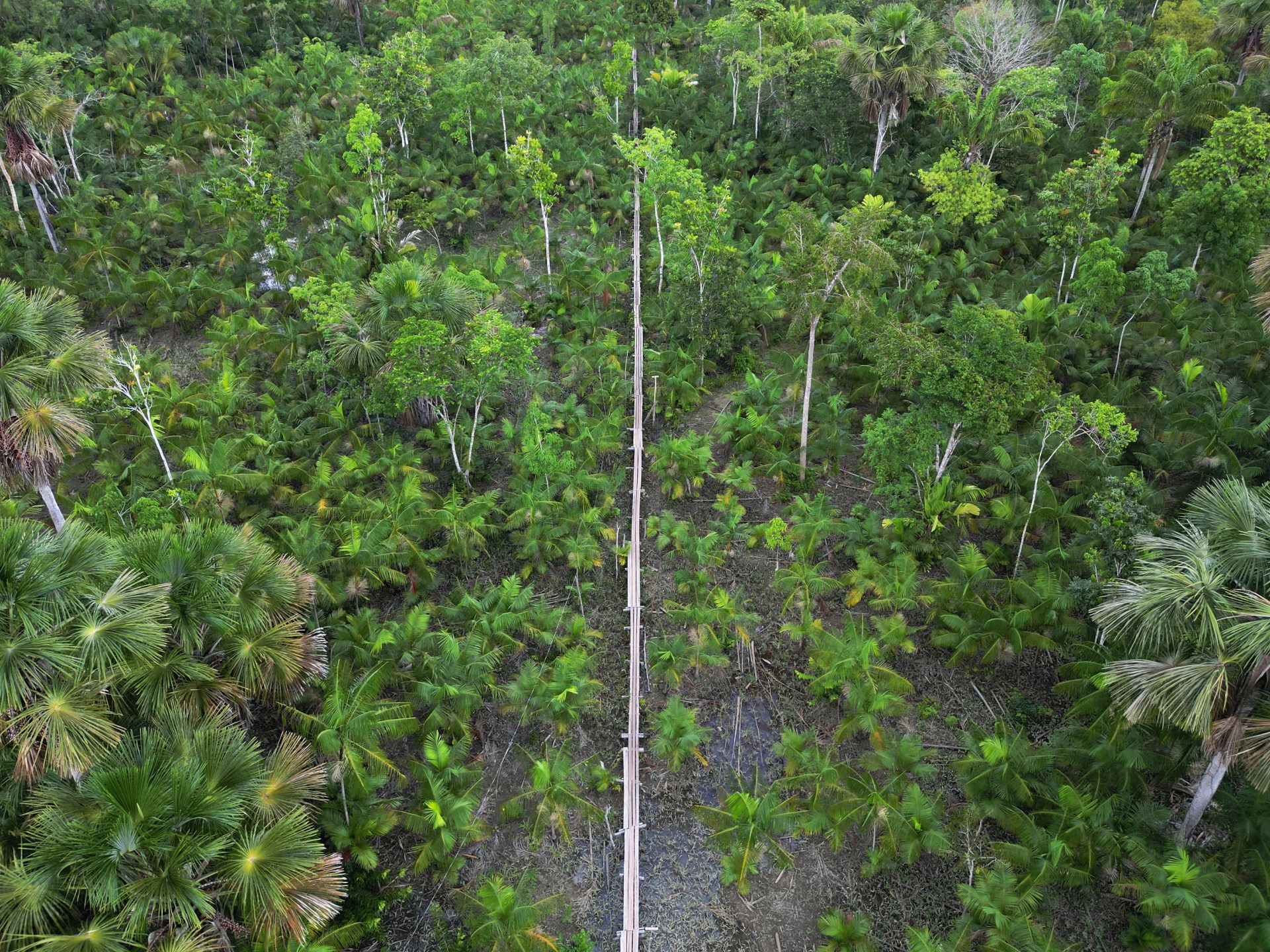The International Union for Conservation of Nature says tree species are at risk of extinction in 192 countries.
More than one in three species of trees are at risk of extinction worldwide, threatening life as we know it on Earth, according to a report published by the International Union for Conservation of Nature (IUCN) Red List of Threatened Species.
The report published on Monday has warned that over 16,000 tree species are at risk of extinction. More than 47,000 species were assessed for the IUCN study, out of an estimated 58,000 species thought to exist in the world.
According to the report, trees are felled for logging and to clear land for farming and human expansion. Climate change also poses an additional threat through worsening drought and wildfires.
Over 5,000 of the species on the IUCN Red List are used for construction timber, and more than 2,000 species for medicines, food and fuels.
Species at risk include the horse chestnut and ginkgo, both used for medical applications, the big leaf mahogany used in furniture making, as well as several ash, magnolia and eucalyptus species, said Emily Beech, head of conservation prioritisation at Botanic Gardens Conservation International (BGCI), which contributed to the tree assessment.
Moreover, according to the IUCN report, the number of trees at risk is “more than double the number of all threatened birds, mammals, reptiles and amphibians combined”.
While tree species are at risk of extinction in 192 countries, the highest proportion is found on islands due to rapid urban development and expanding agriculture, and the introduction of invasive species, pests and diseases from elsewhere, the report noted.
In South America, which boasts the greatest diversity of trees in the world, 3,356 out of 13,668 assessed species are at risk of extinction. Many species on the continent, home to the Amazon jungle, have likely not even been discovered yet.
When they are, they are “more likely than not to be threatened with extinction”, said the report.
The IUCN has called for forest protection and restoration through tree planting as well as the conservation of species dying out through seed banks and botanic garden collections.
“Trees are essential to support life on Earth through their vital role in ecosystems, and millions of people depend upon them for their lives and livelihoods,” IUCN Director-General Grethel Aguilar said in a statement.
The report’s publication also coincides with the United Nations COP16 summit on biodiversity, which has begun in the Colombian city of Cali.
The UN Environment Programme (UNEP) estimates spending on nature needs to increase to $542bn annually by 2030, up from $200bn as of 2022, to halt nature loss and meet climate goals.











